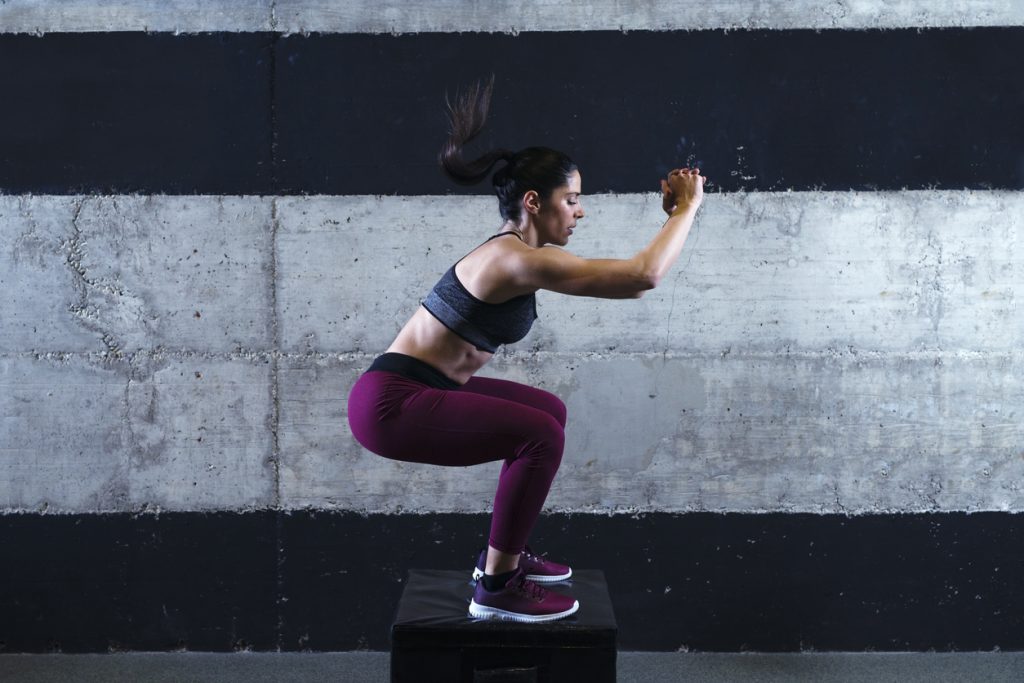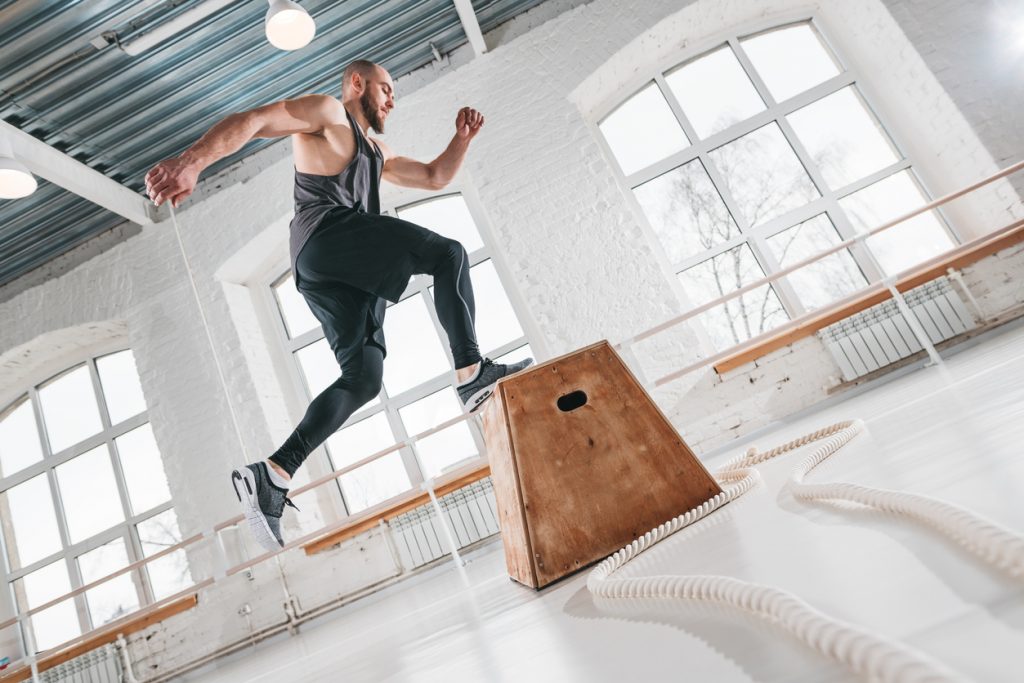If you are an avid sportsman, you have probably already heard about plyometric training from your coach or from sports blogs on the internet. If you haven't, it's not too late. We're going to tell you all about this revolutionary training.
Find out how plyometrics could play an important role in your training!"
What is plyometrics?
First introduced in the United States in the 1980s, plyometrics is a term used to describe jumping workouts. These jumping exercises can be used to improve sports performance in many ways.
Today, plyometric training has become very common. They are used in various sports such as athletics and crossfit. It is therefore a recommended training for almost every type of sportsman.
The term plyometrics was coined by Fred Wilt, a former American runner, and his coach at the time, Michael Yessis, who was also a professor of biomechanics at the University of Southern California.
According to legend, Wilt got the idea for this jump training from Russian athletes. Whenever the man trained, he noticed that the Russians' warm-ups involved jumping, whereas Will was used to doing static stretches. He therefore concluded that one of the main reasons for the Russians' performance in athletics was the plyometric warm-ups they performed.
Based on this hypothesis, Wilt called on his coach to help him research track and field performance, specifically running. In 1984, they published a book entitled "Soviet Theory, Technique and Training for Running and Hurdling", in which they explained the results of their studies.
Similarly, two years later, in 1986, a study was carried out to see the influence of the famous Wilt jumps on volleyball players. The results showed that the strength of the volleyball players was significantly increased after 12 weeks of training with jumps. It was from this year onwards that plyometrics was democratised and used by many sportsmen and women everywhere.
What is plyometric training?
As we have already seen, the basis of this training is the sequence of jumps. The exercises include fairly dynamic movements, performed in a variety of ways: upright, side to side, but also back and forth.
Like a rubber band, the principle of plyometrics is to stretch the muscle as quickly as possible in order to store as much energy as possible. Then, a concentric contraction should be performed using this "aid" to develop more force.
Plyometric movements improve the coordination of movements, and allow the combination of strength and speed. Two major qualities that all athletes need. Plyometric training consists of exercises that combine stability, strength, power and dynamic balance. The movements are used to increase jump height and sprint speed. People who adopt plyometric training become more agile and are able to coordinate their movements.
Can anyone do plyometrics?
Plyometric training requires a great deal of muscle coordination, balance and stability. It is an excellent workout for elite athletes who want to improve their power and explosiveness. CrossFit athletes, for example, are excellent subjects for this training. Plyometrics will also be of great help to athletes who are preparing for an obstacle course.
For beginners, it is best to first develop their muscles, balance and posture before starting plyometric training. In this way, their muscles will be better able to withstand the stresses of plyometric exercises, and they will also be better able to control the movements. The beginner can then gradually introduce plyometric movements into their training as their posture develops.
As for children, no scientific study prohibits them from performing plyometrics, unless all the recommendations are followed, and provided they are supervised by a coach. Moreover, children naturally perform plyometric movements when they play: skipping rope, hopping, jumping jacks, etc. Many plyometric contractions can be found in children's daily lives.
What are the benefits of plyometric training?
Plyometric exercises are regularly used by football players, basketball players, track and field athletes, but also by weight trainers. The reason why this training is so popular is because it helps sportsmen and women to progress better.
Plyometrics helps to increase strength
Plyometric training encourages muscle fibres to contract faster to build up enough strength to push the body.
This allows the muscles to adapt to the motor units and the nervous system, resulting in both greater strength and explosiveness. The nervous system responds more easily to the muscles.
Plyometrics help to increase agility
Plyometric exercises engage the muscles in a particular sequence. This sequence helps to increase explosiveness and agility. This agility is then acquired in a functional manner.
Plyometrics helps to improve cardio
Plyometrics is considered to be the best way to improve your cardio. Plyometrics is considered to be the best way to improve your cardio, as it uses almost all the muscle groups during the exercises.
The sequence of each exercise at a certain medium and intense speed facilitates the increase of the heart rate.
Plyometrics allows for a more diverse workout
At some point in their lives, many athletes feel that they are stagnating and can no longer make progress. Or they progress, but too slowly. This is due to an exercise routine. By repeating the same movements over and over again, the body becomes accustomed to them and is no longer shocked by them.
The body adapts to the demands of the movements. It is then necessary to modify the exercises, and start "challenging" the body with new movements. In this way, performance improves. The introduction of new training stimulates the muscles and keeps the body engaged.
To learn more about plyometrics, check out the rest of this article: Plyometrics Part 1 (what is plyometrics), Part 2 (what are the different forms of plyometrics), Part 3 (strength-power relationship in plyometrics).




